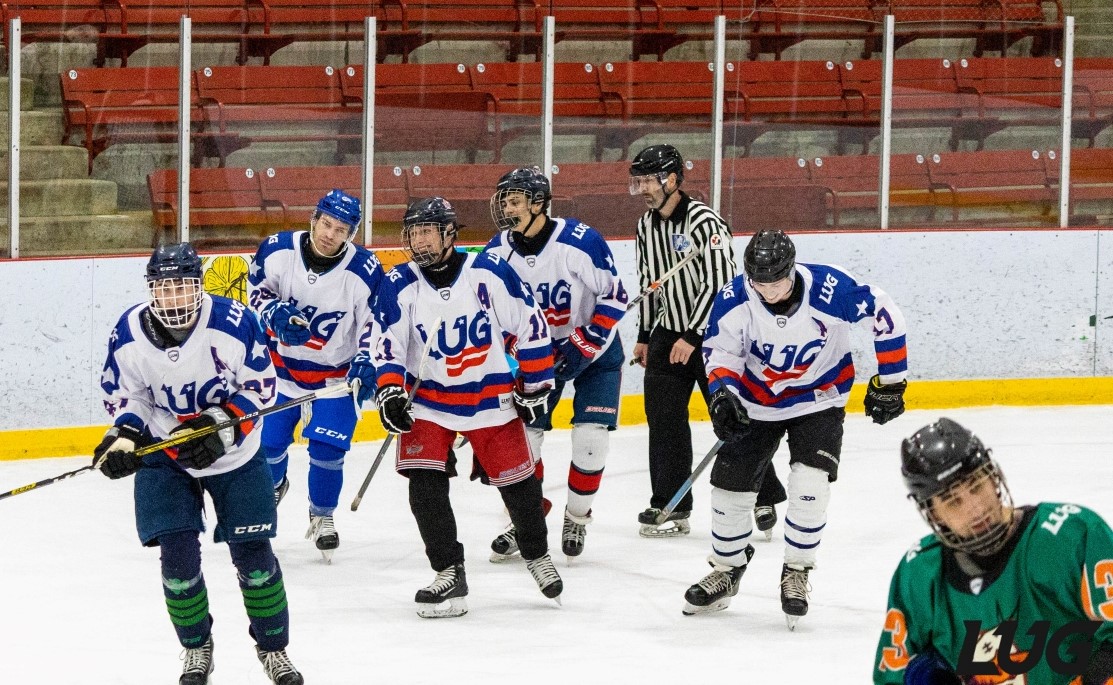What is LUG Sports?
LUG Sports is a recreational sports league that offers sports services to college and university students and alumni in over 30 cities across North America.
It was founded about 10 years ago when two students from Western University and Queen’s University in Ontario wanted to keep playing sports at a competitive level, but not varsity.
Ryan Fitzgerald, LUG Sports’ marketing manager, said LUG likes to “keep the dream alive” for students who still want to play but don’t have the aspirations to play at a D1 level.
As opposed to intramural sports, which are organized by universities or colleges for their students and alumni, LUG Sports allows students and alumni from different universities to play together on the same team. Its focus is more on a city or community level than it is on school.
LUG Sports also has “black out days,” when no games are played: holidays, reading weeks, spring break, and the Super Bowl are a few examples.
LUG mainly offers sports that generally aren’t offered by the city’s universities’ and colleges’ intramural leagues. The sports offered in Montreal are softball, flag football, beach volleyball and hockey.
LUG is available in 28 Canadian cities, including Halifax, Ottawa, Toronto, Calgary, and Victoria. Seventeen locations are in Ontarian cities.
According to Fitzgerald, LUG Sports was able to expand to so many cities because of how many students were interested and reached out, asking them to come to their school.
The funding comes from registration fees when people join, which cover operating costs, jerseys, and sometimes accessories depending on the sport.
LUG also has many sponsors, some of which are local to specific locations. Red Bull and Harvey’s are some bigger ones, but Bodyarmor SuperDrink is one of LUG’s sponsors in the US, as well as Deek’s Pizza, specific to its North Dakota location.
LUG Sports’ most popular campuses remain Western and Queen’s to this day, the places where it all began.
